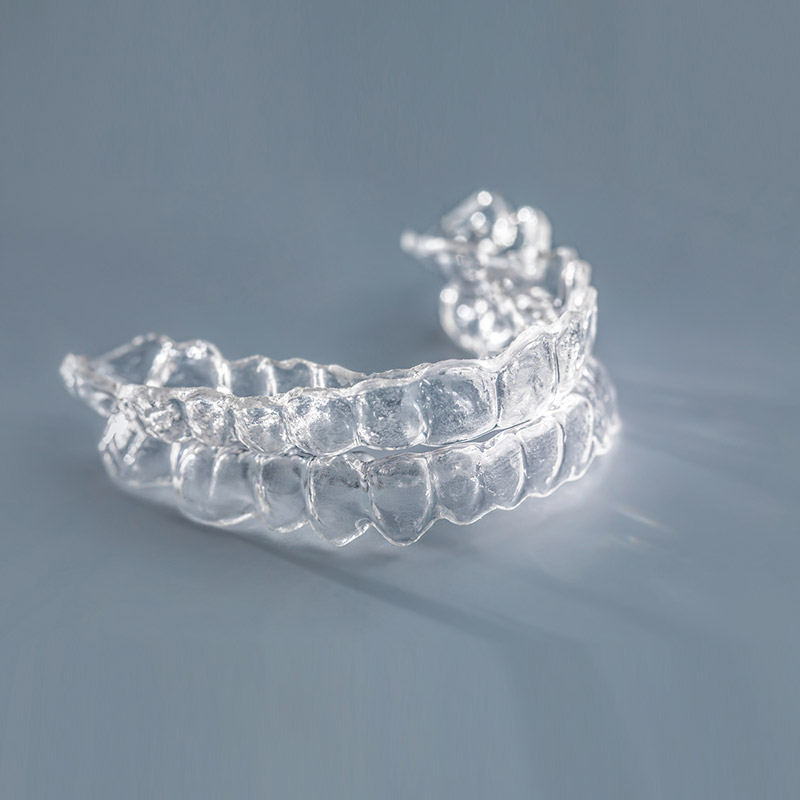The field of orthodontics has witnessed a remarkable transformation with the introduction of clear aligners. These virtually invisible orthodontic devices have revolutionized the way we approach teeth straightening. With their discreet appearance, comfort, and effectiveness, clear aligners have become a popular choice among patients seeking orthodontic treatment. In this article, we will explore the power of clear aligners and their profound impact on transforming smiles.
The Evolution of Orthodontic Treatment
Orthodontic treatment has come a long way from traditional metal braces. While braces were the go-to solution for correcting misaligned teeth for decades, clear aligners have emerged as a superior alternative. Unlike braces, clear aligners are made of transparent plastic material, allowing patients to wear them without drawing excessive attention. This aesthetic advantage significantly contributes to the growing popularity of clear aligners.
The Science behind Clear Aligners
Clear aligners are custom-made using advanced computer imaging technology. Orthodontists use specialized software to create a 3D model of the patient's teeth, which serves as the basis for fabricating a series of aligners. Each aligner is designed to exert gentle pressure on specific tooth movements, gradually guiding them into their desired positions. The treatment plan is carefully tailored to address each individual's unique orthodontic needs, ensuring optimal results.

Benefits of Clear Aligners
1. Aesthetic Appeal: Clear aligners offer a virtually invisible solution for teeth straightening, allowing patients to maintain their natural smile throughout the treatment process. This is particularly advantageous for individuals who value their appearance and wish to avoid the noticeable metal brackets and wires associated with braces.
2. Comfort and Convenience: Unlike braces, clear aligners are removable, making oral hygiene routines much simpler. Patients can easily remove aligners when eating or brushing their teeth, eliminating the restrictions on certain foods that are common with braces. Additionally, the absence of metal components reduces the risk of mouth abrasions often experienced with traditional braces.
3. Predictable Results: Clear aligners offer precise control over tooth movements, ensuring predictable and efficient treatment outcomes. The use of advanced computer technology allows orthodontists to plan every step of the treatment process in detail, minimizing the chances of unexpected complications.
4. Reduced Treatment Time: In many cases, clear aligners can deliver faster results compared to traditional braces. The aligners are designed to gradually shift the teeth into their desired positions, often requiring fewer adjustment visits to the orthodontist.
The Transformative Power of Clear Aligners
The impact of clear aligners on orthodontic treatment extends beyond the physical transformation of smiles. Patients who undergo clear aligner treatment often experience an improvement in their self-esteem and overall well-being. The discreet nature of clear aligners allows individuals to undergo orthodontic treatment without feeling self-conscious or embarrassed, leading to increased confidence and a positive outlook.
Furthermore, the convenience offered by clear aligners enables patients to maintain their regular lifestyle and routine activities without significant disruption. The ability to remove aligners when necessary provides a level of flexibility that braces cannot match.
In Conclusion
Clear aligners have transformed the field of orthodontics, offering a powerful solution for teeth straightening. With their aesthetic appeal, comfort, predictability, and reduced treatment time, clear aligners have become the preferred choice for many patients seeking orthodontic treatment. The transformative power of clear aligners extends beyond physical changes, positively impacting patients' self-esteem and quality of life. As technology continues to advance, we can expect further innovations in orthodontics, leading to even more remarkable transformations in the future.




